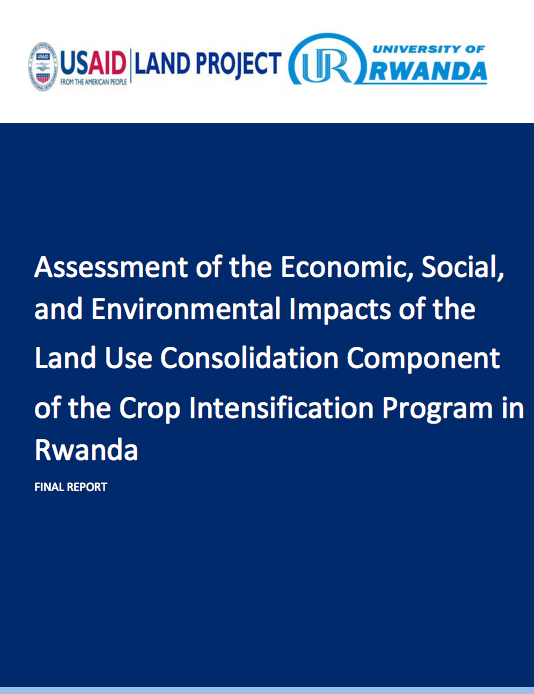Location
Description of the Centre
The Centre for Conflict Management (CCM), College of Arts and Social Sciences (CASS), at the University of Rwanda (UR) was created in 1999 with financial support from the United Nations Development Program (UNDP) through its “Trust Fund” for Rwanda. CCM mandate rises from particular challenges raised in the post-genocide context. It is both an answer to a research need to inspire policies and an opportunity to generate native knowledge on the deep causes of conflicts and potential strategies for the development of sustainable peace in our country.
Mission
To address the knowledge gap in the field of genocide, peace and conflict studies, and post-conflict reconstruction and reconciliation through conducting research, teaching as well as community services in the form of policy research.
Vision
To be a centre of excellence for research and training in prevention and positive transformation of conflicts, and be a centre of reference in Rwanda, the Great Lakes Region and beyond.
Departments
The Center has three departments, as follows:
1. Department of Research
2. Department of Academic Affairs (DAA)
3. Department of Community Service
Members:
Resources
Displaying 1 - 5 of 6Effects of land titling and registration on tenure security and agricultural investments: Case of Gataraga sector, Northern Rwanda
Rwanda has undertaken a land registration and titling program since 2008 with a registration of 10.3 million land parcels in 2013. The aim of this paper is to investigate the early effects of the program on tenure security and agricultural investments since few studies have been carried out in this research area. The study was undertaken in Musanze district in Northern Rwanda, with specific focus on Gataraga sector and it draws on a mix of qualitative and quantitative research methods. The findings indicate that the program led to reduced land conflicts and improved tenure security.
Final Report: Land Use Consolidation and Crop Intensification In Rwanda
The Land Use Consolidation Act (LUC) was introduced in 2008 and is an important
component of agricultural policy in Rwanda. As part of the Government of Rwanda’s
broader Crop Intensification Program (CIP), LUC entails participating farmers
consolidating aspects of their operations with neighboring farmers, while retaining
individual ownership of their parcels. LUC farmers also agree to grow a single priority
crop that has been identified by the Ministry of Agriculture (MINAGRI) as best suited to
Understanding Informal Urban Land Market Functioning in Peri-urban Areas of Secondary Towns of Rwanda: Case Study of Tumba Sector, Butare Town
Since mid-1970s, a great number of rural-urban migrants are converging towards Kigali, the capital of Rwanda, and secondary towns, putting strain on land, especially of urban fringes. This is the case of Tumba Sector, a suburb of Butare Town, which attracts many people searching land for various uses. The purpose of this paper is to analyse the land market process in Tumba Sector. Data used in this paper were collected through desk study, survey and from non-structured interview held with the Tumba Land Bureau Officer.
Improving Tenure Security for the Rural Poor. Rwanda – Country Case Study
Most of the world’s poor work in the “informal economy” – outside of recognized and enforceable rules.
Thus, even though most have assets of some kind, they have no way to document their possessions
because they lack formal access to legally recognized tools such as deeds, contracts and permits.
The Commission on Legal Empowerment of the Poor (CLEP) is the first global anti-poverty initiative
focusing on the link between exclusion, poverty and law, looking for practical solutions to the challenges
Farm size, land fragmentation, and economic efficiency in Southern Africa
Butare, where this study was conducted, exhibits one of the highest population densities in Rwanda. As a direct result of population growth, most peasants have small fields and land fragmentation is common. The purpose of this article is to examine the effect of land fragmentation on economic efficiency. Regression analysis shows that area operated is primarily determined by the population-land ratio, non- agricultural employment opportunities, ownership certainty and adequate information through agricultural training.





